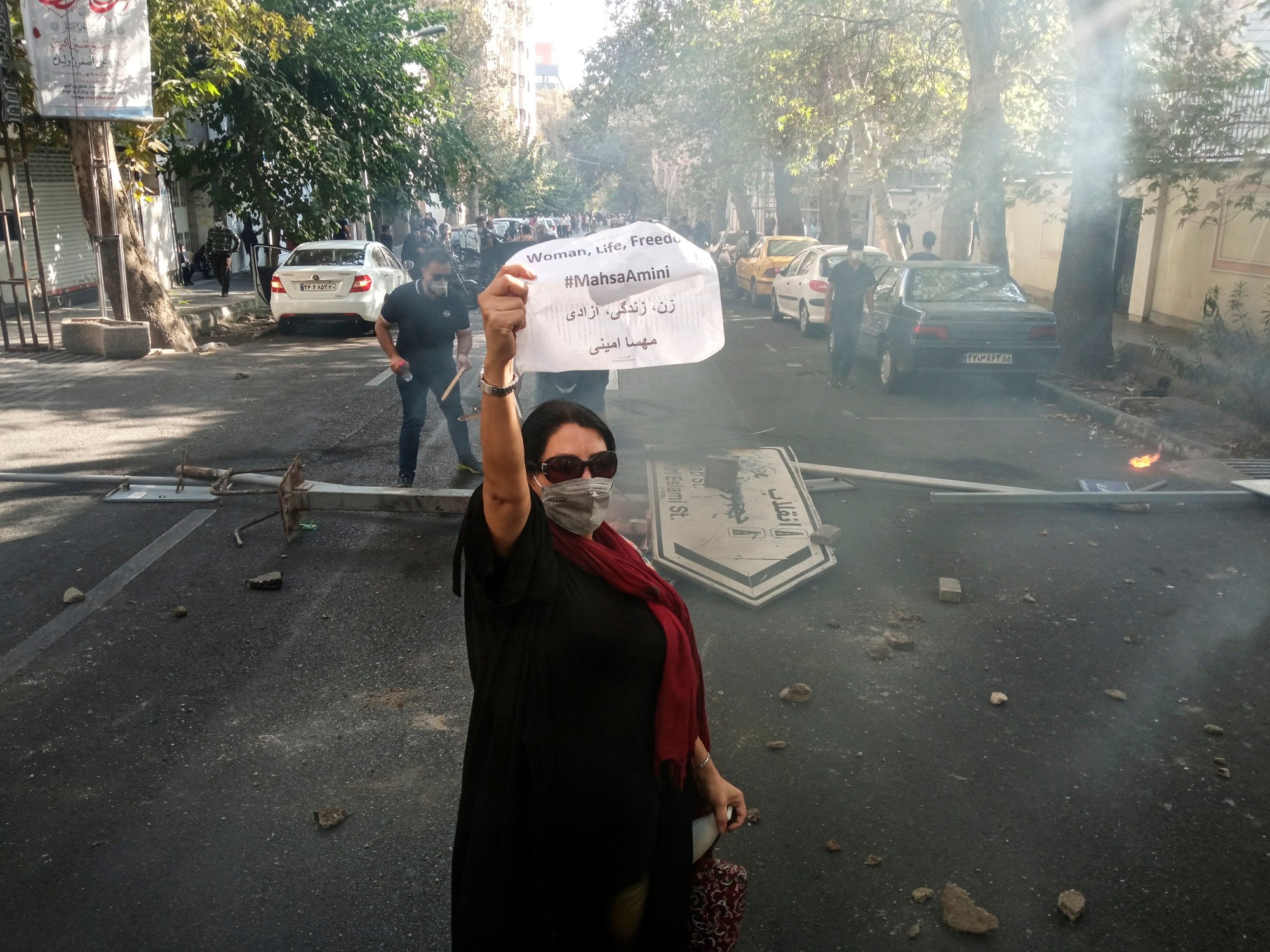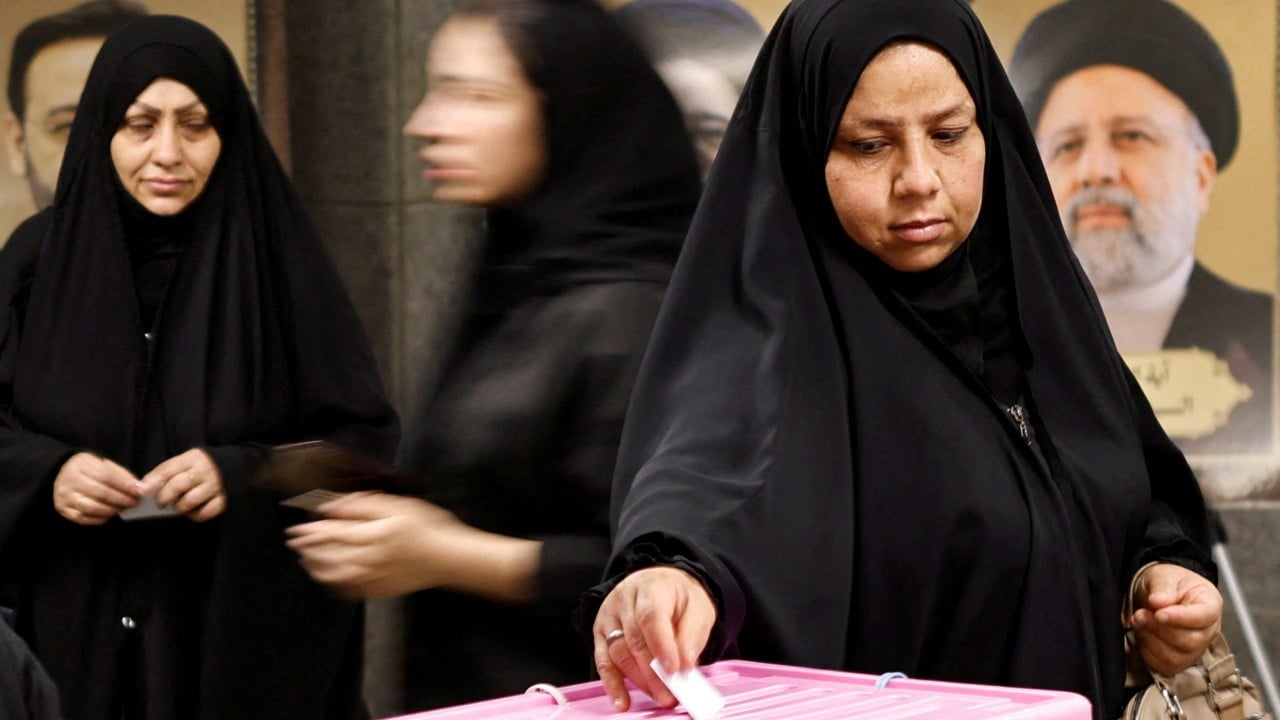A little-known reformist politician Masoud Pezeshkian, a heart surgeon by profession and former health minister, will be sworn in as Iran’s ninth president in early August. He will succeed the late former president, Ebrahim Raisi, who died in a helicopter crash in May. The crash led to speculation that Raisi was assassinated, among other conspiracy theories.
Iranian domestic politics has been in a state of unexpected churn since the tragic development. This most recent presidential election pit a well-entrenched conservative faction, supported by Iran’s clerics, against the country’s disparate reformist constituency.
The first round of the elections on June 28 was marked by a very low turnout of around 40 per cent. None of the four candidates received the requisite majority – leading to a second round on July 5. Turnout for the run-off election is reported to have increased to almost 50 per cent. Pezeshkian secured more than 16 million votes, while his rival, the ultraconservative candidate Saeed Jalili, won over 13 million votes.
The more significant outcome of this election pertains to the domestic context. Iran has been dealing with a variety of challenges that have led to considerable public apathy and disaffection. US-led sanctions over Tehran’s nuclear programme have isolated the Iranian economy from global trade and impacted peoples’ lives. A covert proxy war against Israel has become more virulent and public. Meanwhile, the youth are chafing at moral policing and the harsh implementation of religious jurisprudence.
The compulsory wearing of the hijab for women became an explosive issue in 2022 when 22-year-old Mahsa Amini died after being arrested by the police for ostensibly not wearing the hijab in the prescribed manner. Iranian citizens were outraged but then-president Raisi cracked down and protests were quelled with a heavy hand.
Whenever Iran has felt insecure due to citizen discontent or other governance setbacks, the supreme leader and the conservative core – comprising clerics, the judiciary and the military – have allowed a reformist or moderate leader to enter the political arena and don the “crown of thorns” as president. Former presidents Mohammad Khatami and Hassan Rowhani are both examples of this.

President-elect Pezeshkian will have a number of domestic issues to address, while having to adhere to the overall governance framework imposed on him by the country’s conservative political template. Assuaging the discontent and frustration among the youth will be a major priority. He will also have to steer the economy out of the current doldrums. Reducing the overbearing presence of the morality police will be a high visibility issue but in all likelihood, the new president will make change slowly.
Iranian politics is dominated by certain abiding elements – loyalty to the supreme leader, the theological principles of the 1979 Islamic Revolution and a rejection of Israel. Hence, terms such as reformist, conservative, hardliner, pragmatist and even opportunist may be used to describe various factions, but these are all different blinds of zealous adherence to the country’s state ideology of Shia jurisprudence.
Gender inequity in Iran has been a major area of contestation among the hardliners and the moderates and the death of Amini became a catalyst for nationwide protests. At that time, the current president-elect boldly asserted, “It is our fault. We want to implement religious faith through the use of force. This is scientifically impossible.”
He went on to say, “I bear part of the blame, the distinguished religious scholars and the mosques bear part of the blame, and the [Iranian] broadcasting authority bears part of the blame. Everybody should step forward and be held accountable, rather than capture that girl, beat her up and eventually deliver her body [to her family].” This statement from Pezeshkian burnished his appeal to young voters, but whether he will be able to retain this conviction in the transition from candidate to president is moot.

In keeping with tradition, the president-elect has vowed to uphold the country’s institutions and has also declared his loyalty to the supreme leader. The choice of the cabinet will provide some clues about how empathetic the Pezeshkian administration will be, and what degree of autonomy he would be given by the supreme leader.
Externally, it is unlikely that there would be any major change to Iran’s foreign and security policies. The West Asian region is in a state of violent flux due to the Israel-Gaza war. Moreover the possibility of a second Trump presidency can lead to greater uncertainty and discord in the already troubled US-Iran relationship.
Major foreign, security and nuclear policy decisions will be made by the supreme leader and the conservative core. However, during a presidential debate before the second round of voting, Pezeshkian made an instructive observation about Iran’s seemingly intractable nuclear deadlock with the US. Indicating his preference for dialogue with Iran’s traditional adversaries, he said, “The primary issue is the perspective: do we want to solve our problems with the world or not? I believe we must get out of the deadlock to solve the country’s problems.”
How Iran will respond to these challenges, by way of adhering to the tenets of Shia jurisprudence while accommodating the aspirations of its citizens, will be the litmus test for the astuteness of Pezeshkian when he assumes office in August.
Commodore C. Uday Bhaskar is director of the Society for Policy Studies (SPS), an independent think tank based in New Delhi


